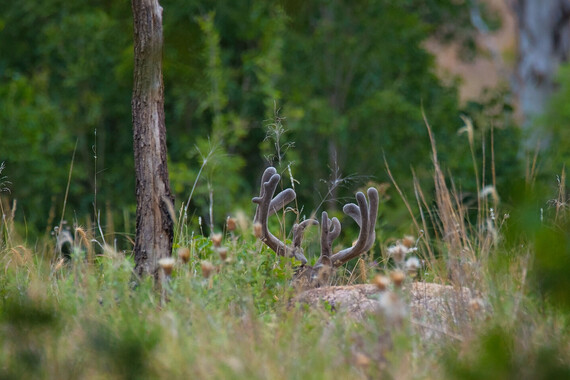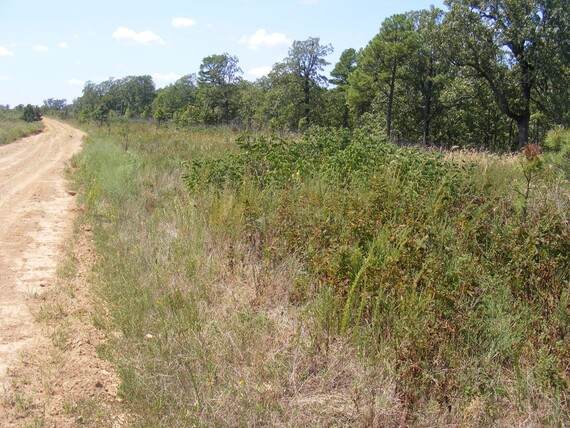|
 Jeremiah Zurenda
|
|
|
Deer bedding areas can be a great addition to other habitat management practices to attract and hold deer more closely on a single property. The type of cover available for bedding areas is influenced by many factors, including the terrain and location of the property within the state.
We share tips for managing and monitoring deer bedding areas.
|
|
|
Solar-powered water wells are a popular way of providing water for livestock. This practice allows landowners and managers to provide water in remote and targeted locations to benefit grazing. It also helps managers improve animal distribution that will promote even grazing and reduce pressure on sensitive areas. However, the benefits of solar-powered water wells extend to wildlife too.
|
|
|
For Oklahoma State Game Warden Jacob Harriet, "I have a trespasser" may be his most common call. Harriet explains two effective trespass laws and shares tips for posting a property.
|
|
|
Wildlife-minded landowners readily look for ways to enhance their properties and James Flinchbaugh of Grant County is no different. He had plenty of bermudagrass but few pheasants and quail. Knowing bermudagrass and wildlife aren't a good match, he reached out to the Wildlife Department for advice.
Just one year after beginning work, pheasants and quail are far more common. And nongame species have benefited as well.

Roads and trails play an important role on the properties we access and enjoy. Without them we'd likely have to do plenty of hiking, but with them comes a multitude of benefits and challenges in their use and maintenance. Roads surrounded by forest offer a unique management opportunity too - daylighting.
We explain how daylighting roads can benefit wildlife, and offer tips for success.
|
|
|
|